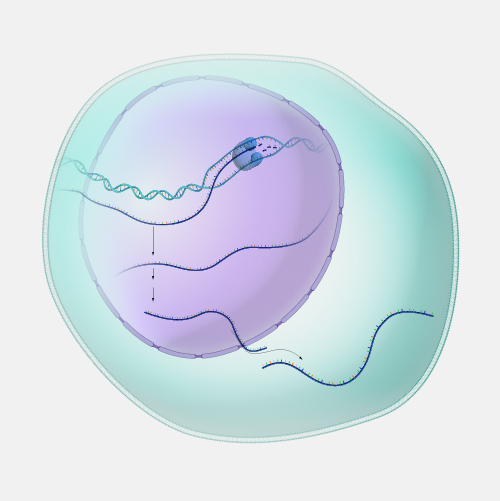Alternative Splicing
Definition
Alternative splicing is a cellular process in which exons from the same gene are joined in different combinations, leading to different, but related, mRNA transcripts. These mRNAs can be translated to produce different proteins with distinct structures and functions — all from a single gene.
Narration
Alternative Splicing. What I think this process of alternative splicing does is let the human genome be fabulously complex while having only 20,000 proteins encoded in it. And I know 20,000 sounds like a large number. But remember, we're talking about over 3 billion base pairs. So really, the process of alternative splicing in which each gene, let's say a gene has seven exons. But from these seven exons, literally hundreds of combinations of a protein can be created because alternative splicing lets different exons be connected in different ways. And what this allows is for the human body to have a much, much more complex set of proteins available both for structural functions or immune functions or just in general, being able to construct a living system that is not bounded by a certain number of proteins. A good example to think about here would be our immune system. Every time we have to fight a new virus or a new infection, the immune system genes have to adapt to recognize this new pathogen. And really, alternative splicing is the mechanism which lets immune system genes rapidly adapt to these multiple new viruses and bacteria and create proteins that are tailored to fight each one of them. So this is a fundamental piece of the complexity of our body.



